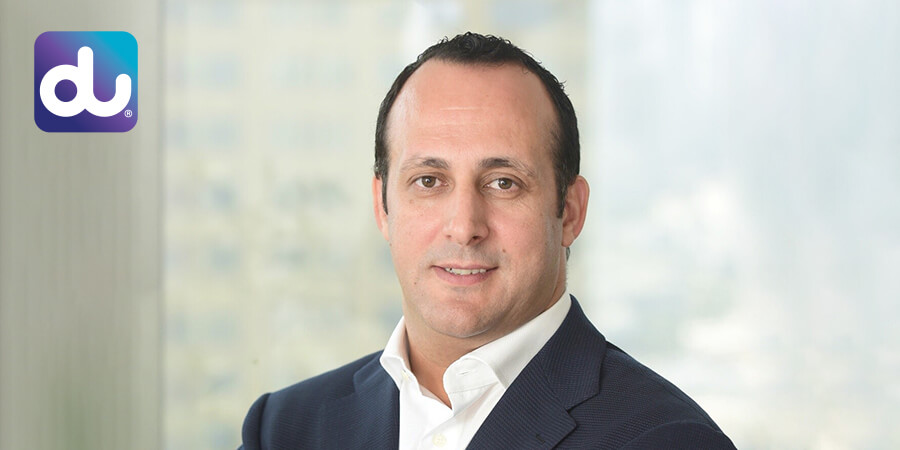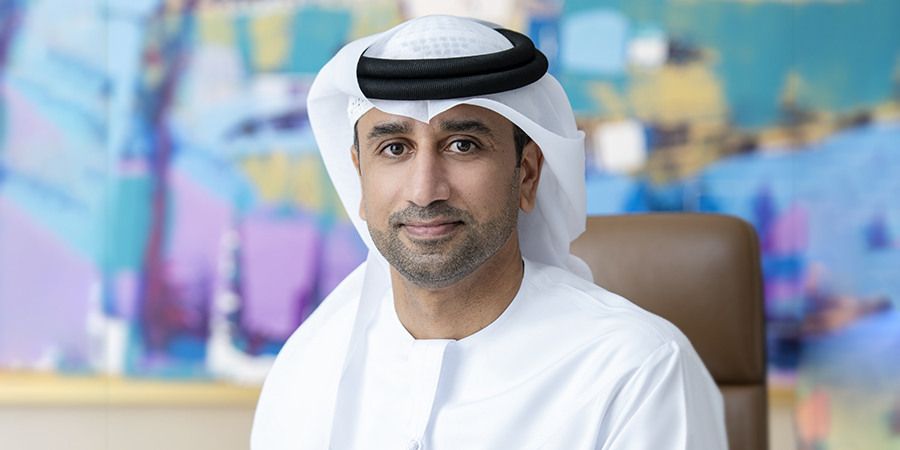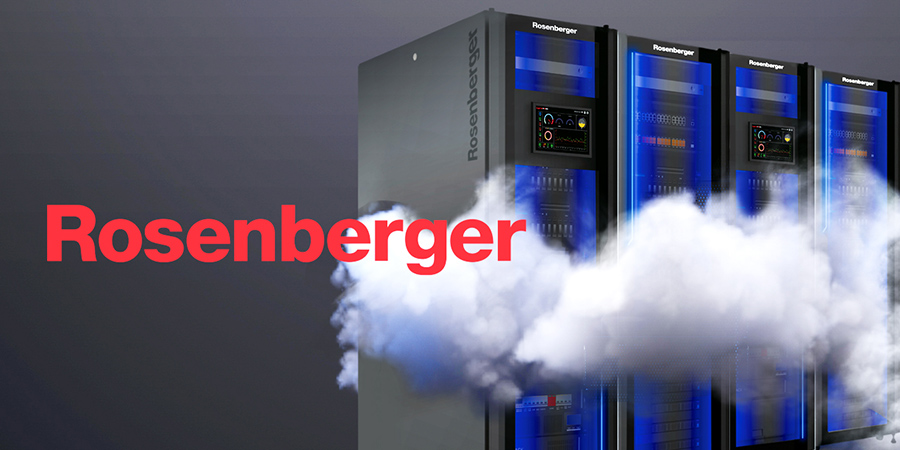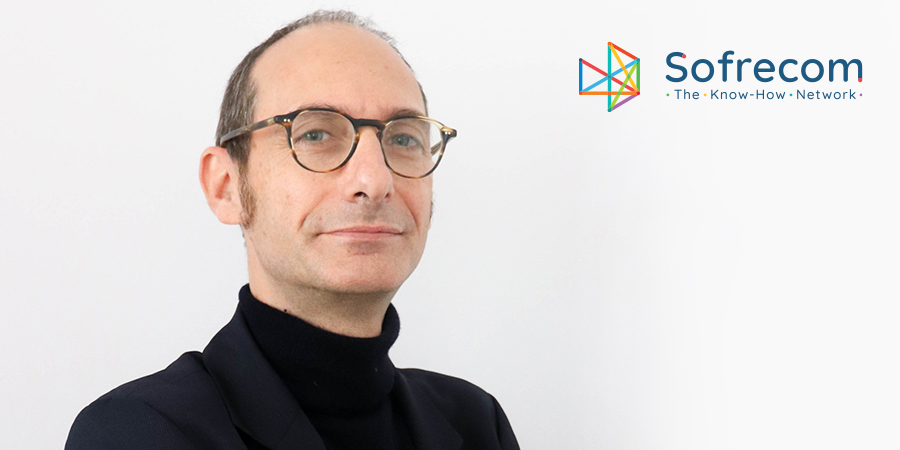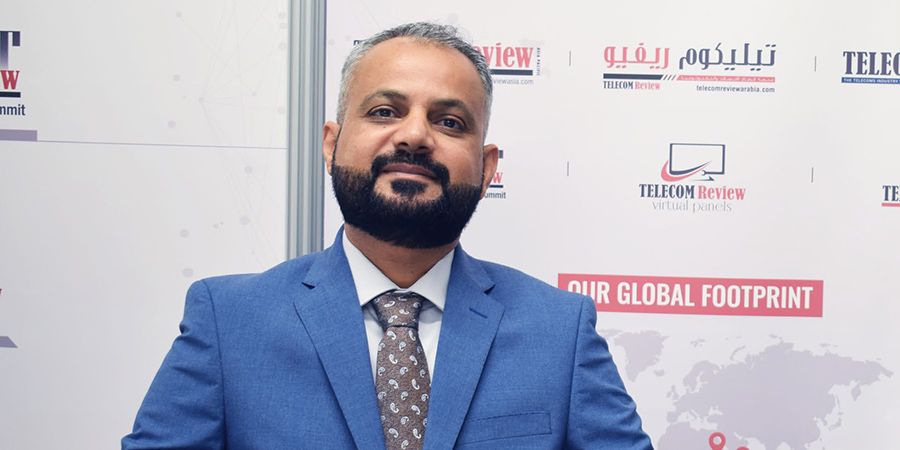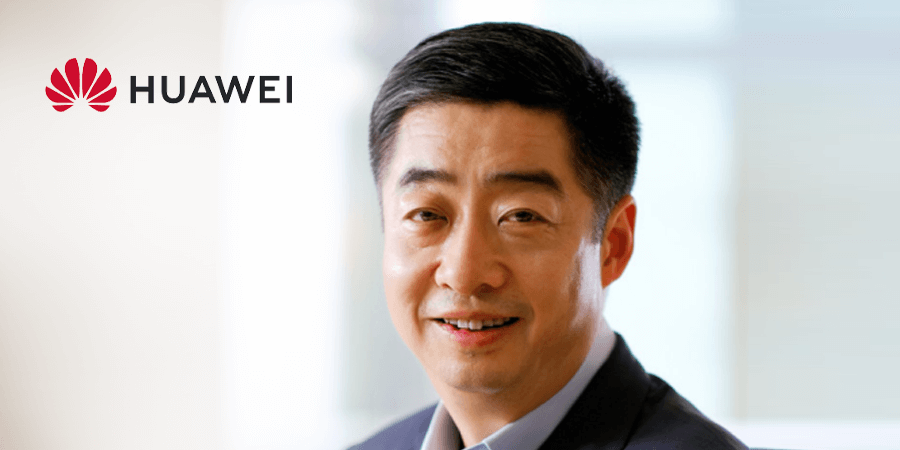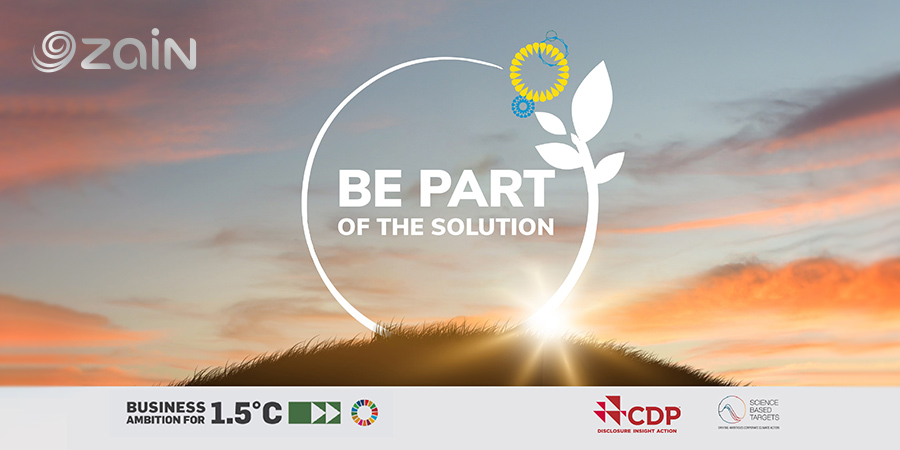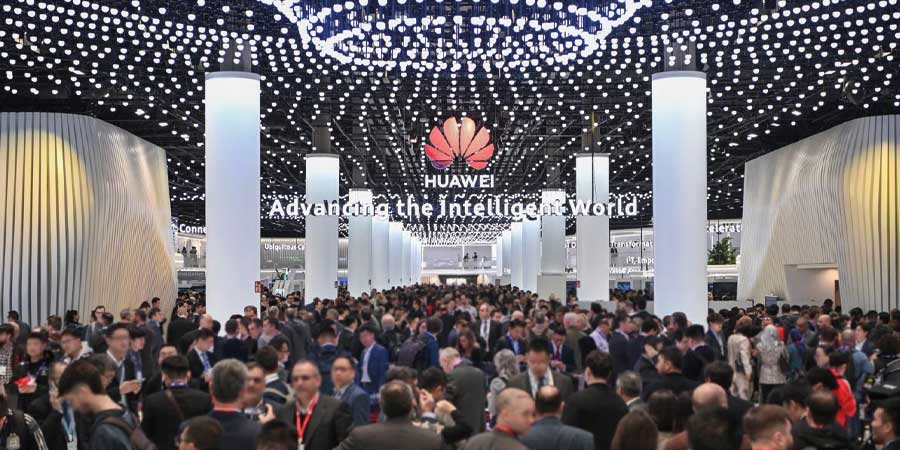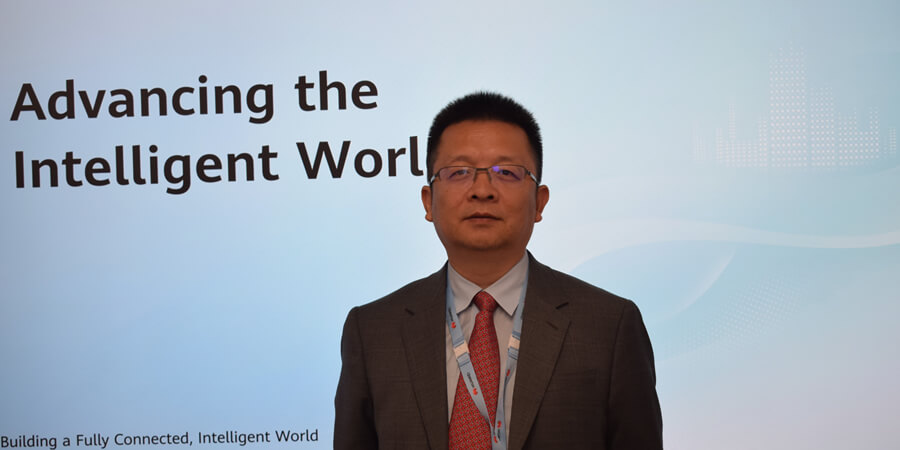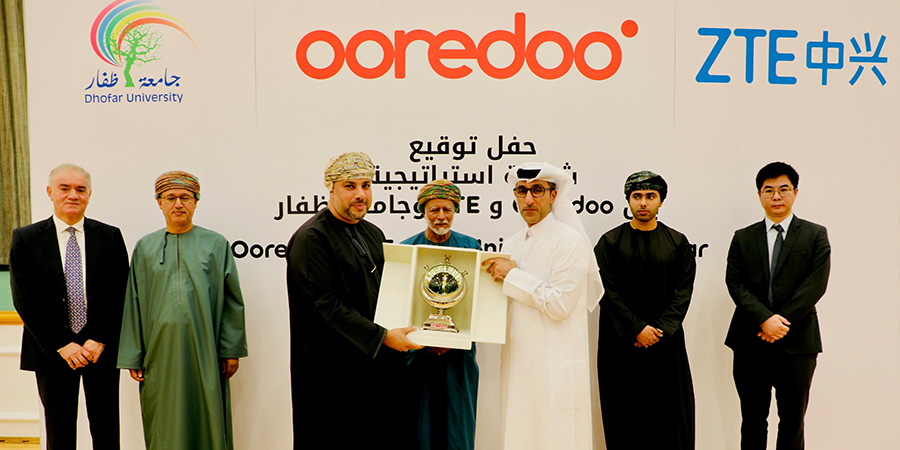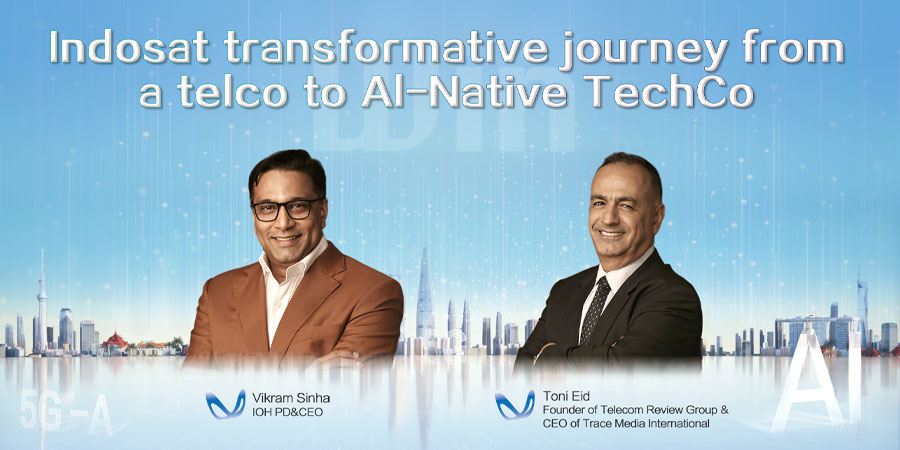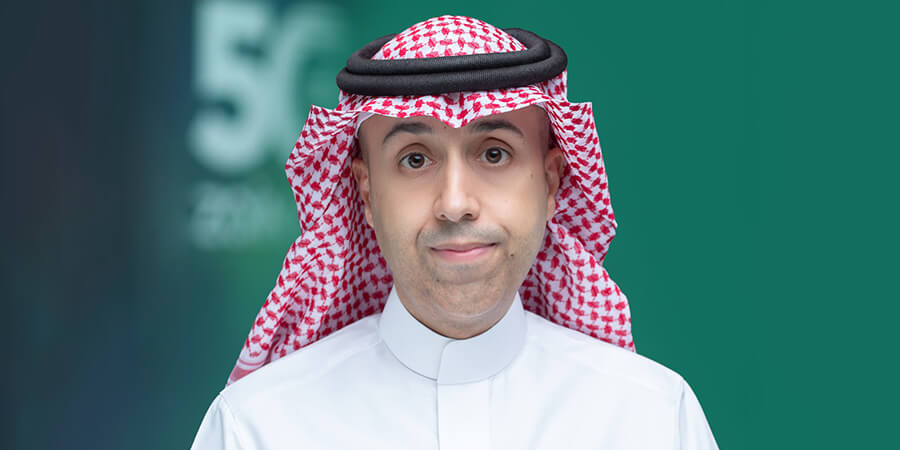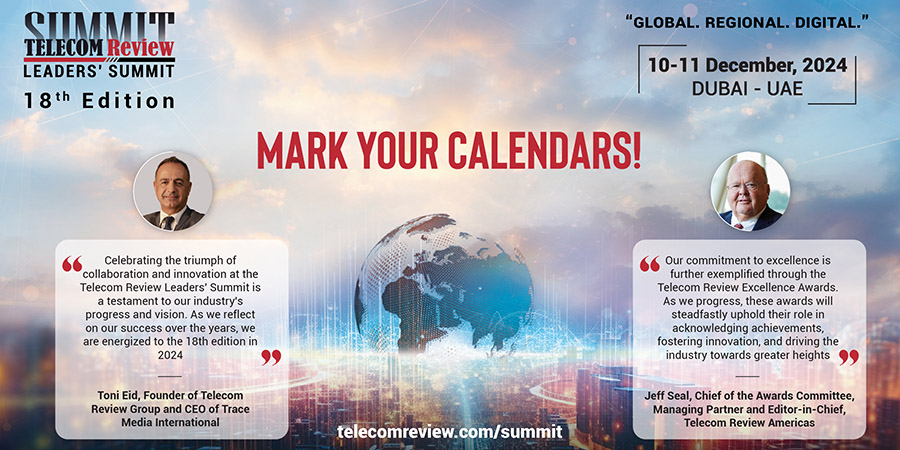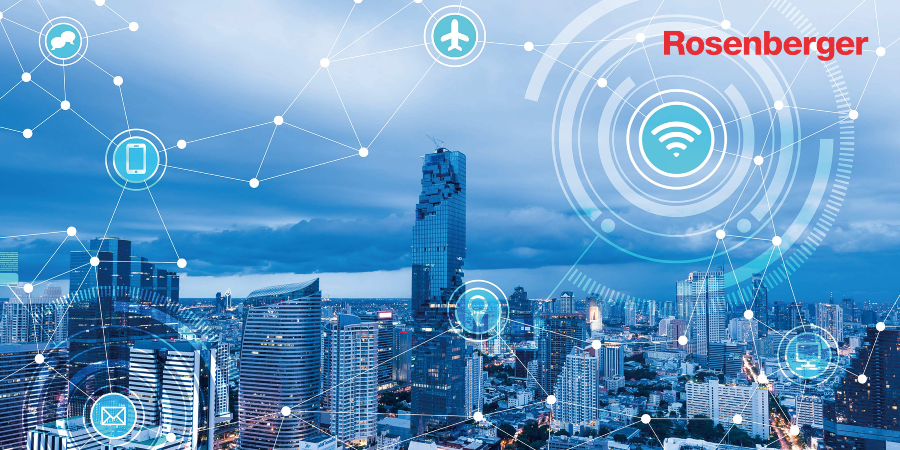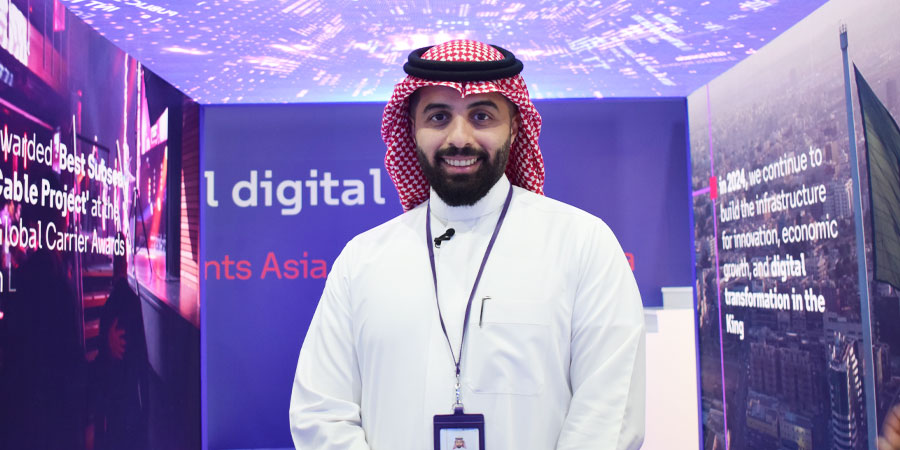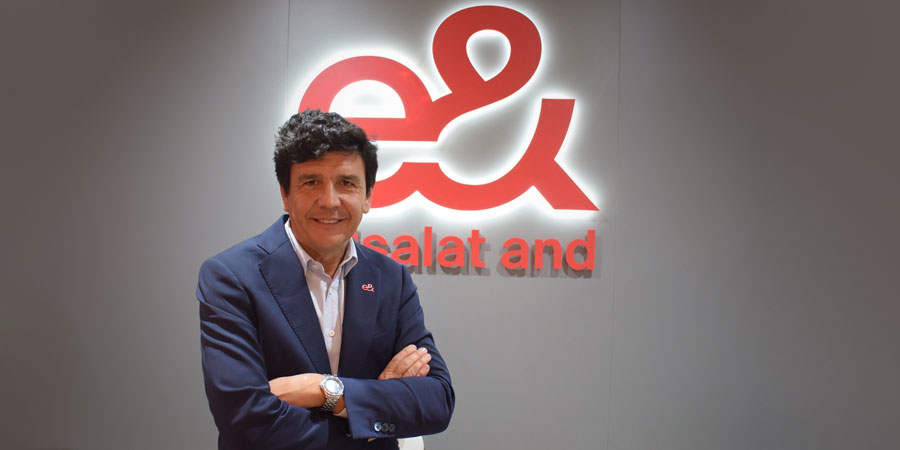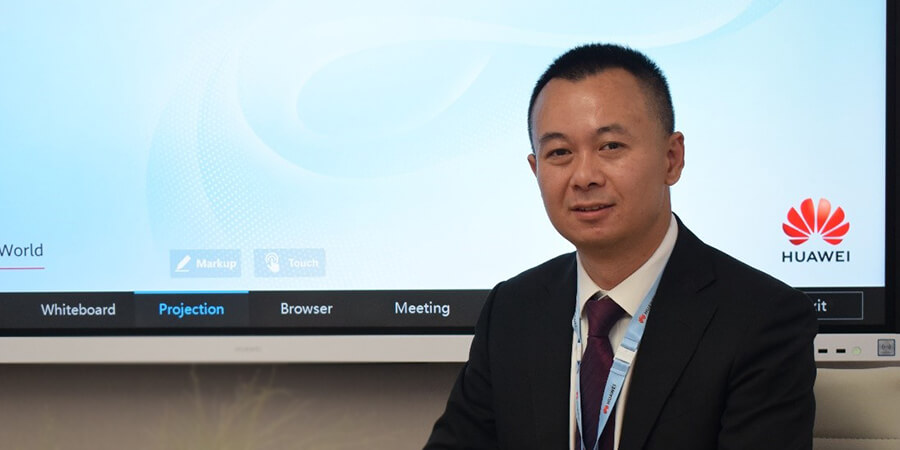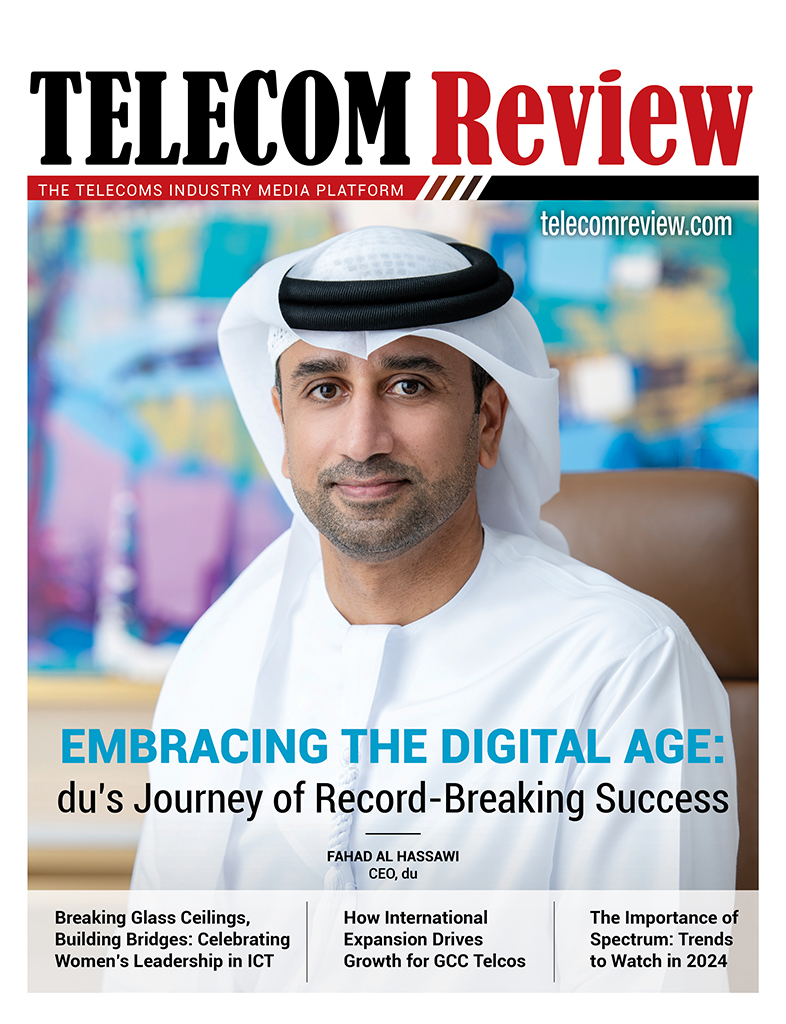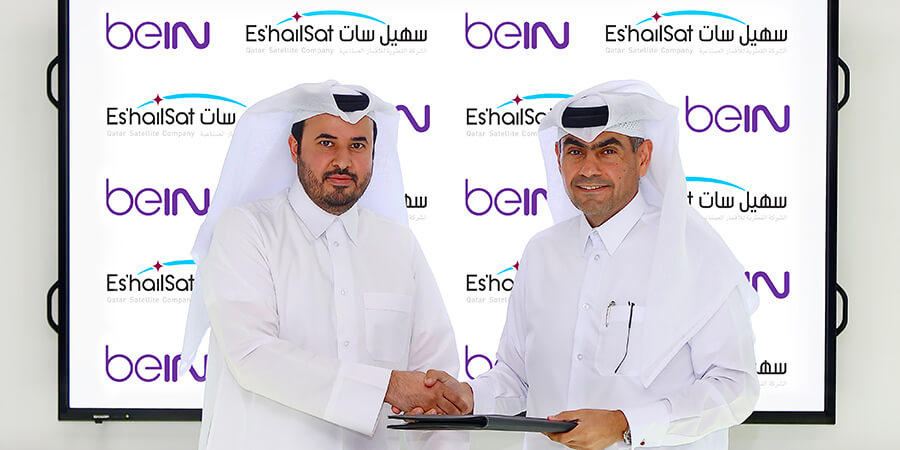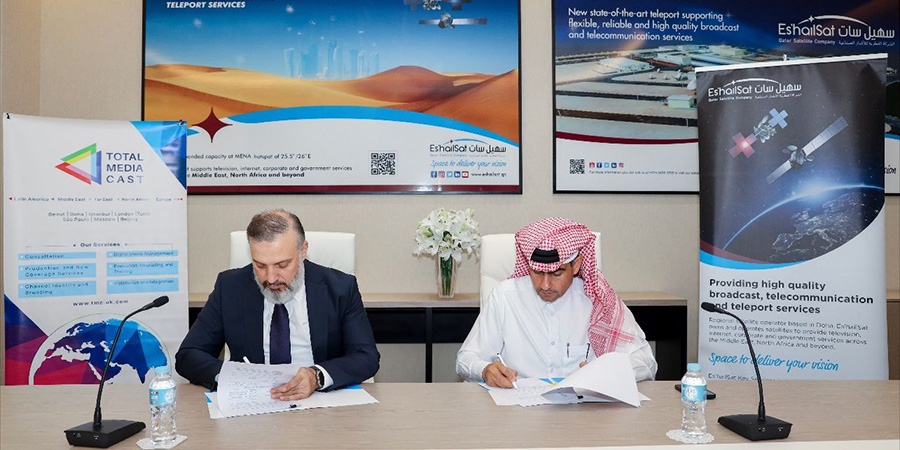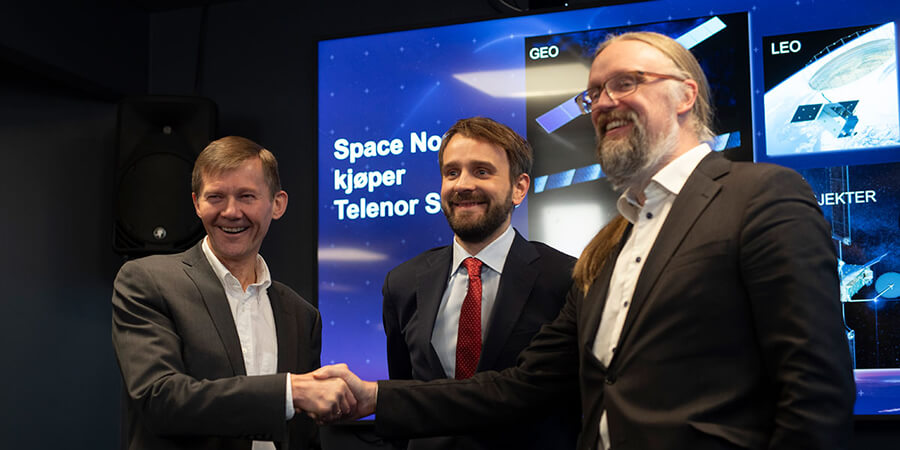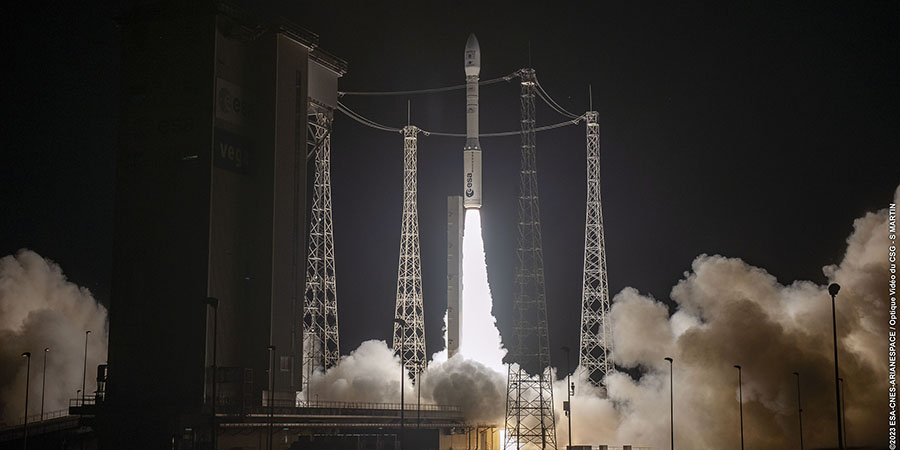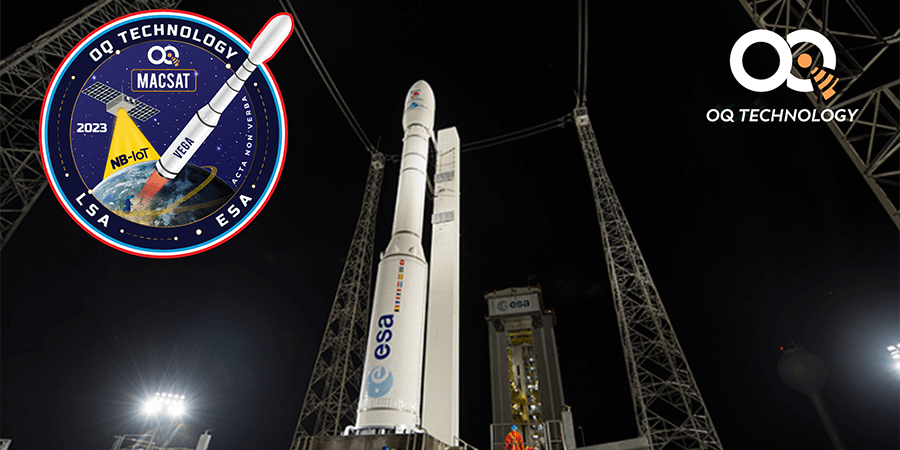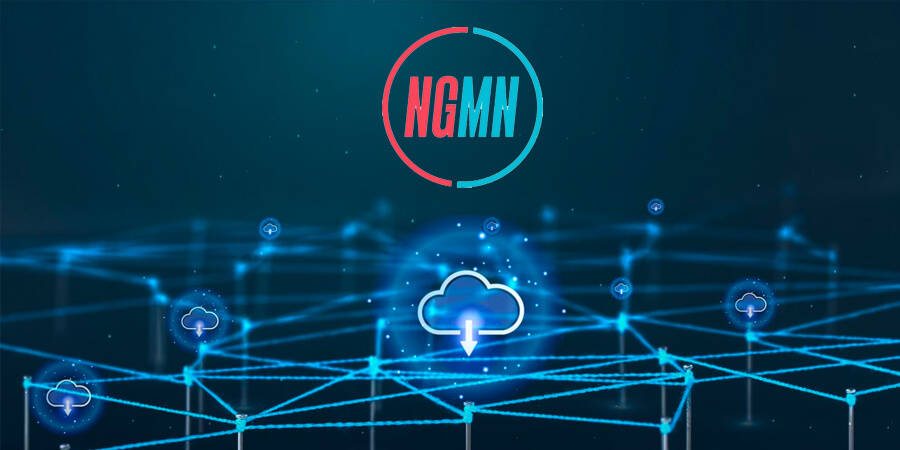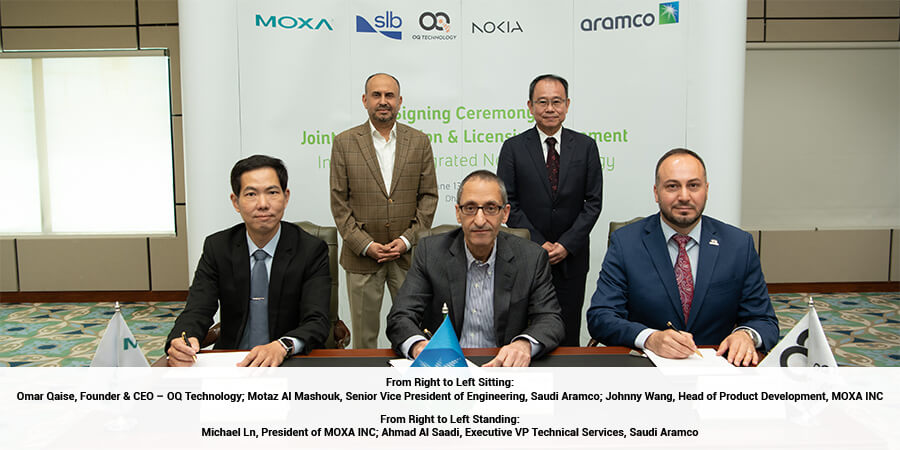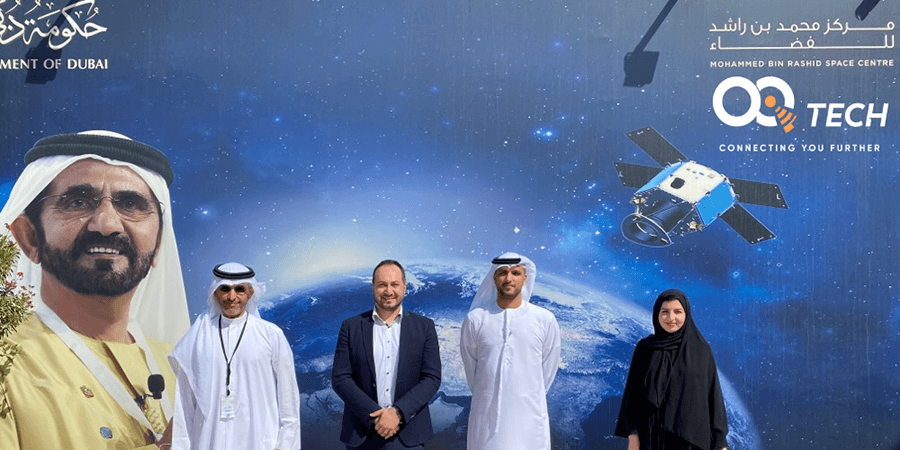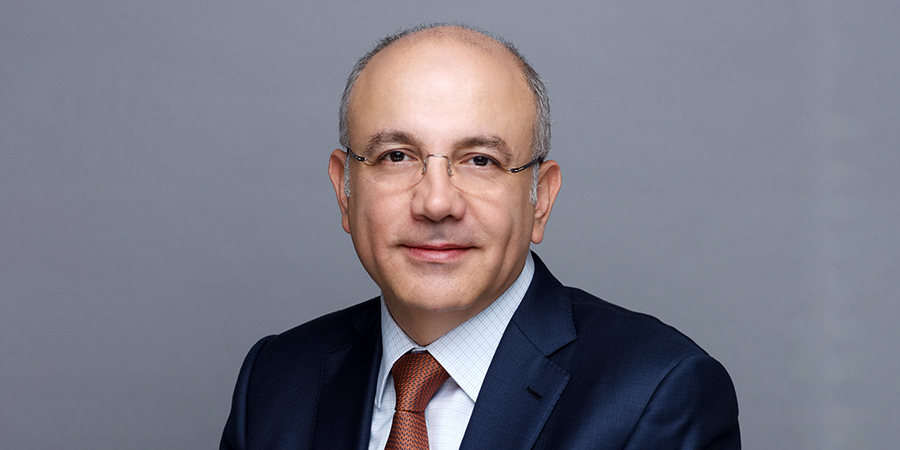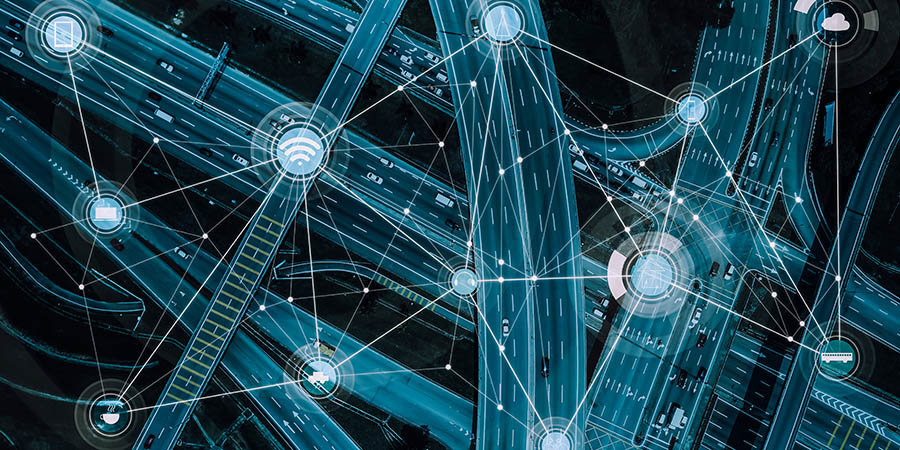The discovery of electricity, whoever that should be rightly attributed to, forever changed the way we see the world. Today’s most critical inventions have sprung from manipulation of the natural phenomena of positive and negative electricity. Since the 18th Century, our world has been electric in business.
One such manipulation that has positively impacted humankind on an unparalleled scale is connectivity.
Connecting man-to-man, machine-to-machine, man-to-machine, and machine-to-man has forcibly catapulted the human race into a new era of communication, work, process and identity.
Connectivity began with the first phone call made by its inventor, Alexander Graham Bell, when he made a call to Thomas Watson, his assistant, on March 10, 1876.
Since then, connectivity has continued to evolve; we’ve come a long way with over 10 billion connections made around the world today. We expect 100 billion connections in the next 10 years, thanks to the internet of things (IoT), and to the increasing speed and capacity of connectivity.
All this connectivity is transforming the way we live, work, entertain ourselves and do business.
Furthermore, the digitization has brought disruptive changes to almost every aspect of society. With all this change upon us, what is the next big opportunity for the ICT industry over the next 10 years?
While we can’t predict everything that’s to come, we can accurately anticipate that certain technologies will be catalysts for transformational change and serve as drivers of adoption and growth. These catalysts include cloud computing, big data, analytics, AI, IoT and so on. Thanks to the combination of these technologies and data on consumer habits online, we can identify some of the significant growth opportunities for all industries moving forward.
The first one is video.
Since the first movie hit the big screen in 1896 with 'Arrival of a Train’, humanity’s appetite for video content continues to grow. While viewing habits have changed and consumption has shifted to smaller, more personalized screens, video content today accounts for more than 70 percent of network traffic and over 23 percent of the time spent online.
And it continues this burgeoning. By 2020, it is expected that 90 percent of internet traffic will be video. This is down to our relentless urge to consume video, on-demand and uninterrupted.
The numbers are mind-blowing and companies that can take advantage of this opportunity will become business leaders. As we all know, for video business, content is the king. As such, Huawei launched its cloud-based video platform, MuchTV, which aggregates best in class content from various providers and connects to operators’ networks.
As of now, there are five operators in the region that harness this platform to launch mobile video service. While the user-base for these services currently stands at around three million, it is expected to reach eight million by the end of 2017.
Although broad consumption of video has mainly been for entertainment, the applications for video across verticals are immense. The reliance on video will be fundamental to many industries in the future, from safe city to civil engineering developments, right down to visual inspection of infrastructure such as bridges, buildings and pipelines. This means immense opportunities for the ICT industry.
The second big opportunity is ""verticals"", as the ICT technology evolution had touched all other industries, nowadays the buzzwords are IoT and cloud.
IoT will play a vital role in the future of a connected world. It will greatly improve efficiency across various industries. For example, all the manufacturing processes will be connected – which is referred to as ""industry 4.0"".
IoT will also impact every aspect of our life, as our cities become smarter, with cars driving themselves and drones delivering goods to our doorsteps.
Cloud is also changing the industry, during the past 10 years OTT companies unveiled the new cloud era, which provides agile and low cost cloud services; we can call it cloud 1.0. Over the next 10 years, it will evolve to cloud 2.0, where all vertical industries are shifted to cloud, the Industry Cloud.
By 2025, more than 85% of enterprise applications will be shifted to the cloud, and this evolution will only grow further in the future.
All of these new opportunities and services will require the adoption of the next generation networks – 5G. This new technology boasts massive connections of Millions/cell, effectively connecting all vehicles, drones, and fleets. 10Gbit/s peak rate can make VR/AR a reality. 1ms latency makes massive self-piloting much safer and more reliable.
As a technology leader, Huawei has been a driver in pushing this innovation forward, and continues to pioneer, especially 5G standard developments, with the aim of being a key contributor to 5G innovation and ushering in a revolutionary era of connectivity.
I believe that the Middle East region will become one of the first adopters of 5G technology, as this is one of the unique parts of the world with the highest mobile penetration rates. In addition, the region’s massive appetite for on-demand content channels, such as YouTube and Netflix, it is only natural then for the region to embrace the latest and greatest mobile technology.
Looking at the future, the opportunities are astonishing. However, we need to work solidly today. For Huawei, two key areas are the primary focus: innovation and the ecosystem.
We have invested heavily on research & development during last 10 years, with circa 10% of its revenues being spent on R&D and innovation. To date, Huawei’s investments in R&D have exceeded US $30 billion.
In the Middle East, we have set up joint innovation centers and labs, to stimulate innovation for this region. That’s the very reason why Huawei was awarded ""Best Vendor Innovation"" by Telecom Review in 2016.
Ecosystem and partnerships play key roles in the coming decade, be it video, IoT, or Cloud. For example, MuchTV aims to aggregate more than 100 partners for providing video, music and games. Smart parking also requires partnership with vendors for censors, modules, application development. We will continue to build this ecosystem with our customers, partners, and share the benefit of the industry development.
The next 10 years will hold immense opportunities. Those opportunities belong to the trailblazers who have vision and foresight to march forward.
This will be a long march, as one famous idiom puts it ""if you want to go fast, walk alone; and if you want to go far, walk together"", Let us march forward together, to turn these opportunities into reality!
By Charles Yang, president, Huawei Middle East



